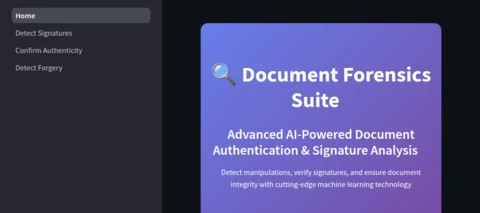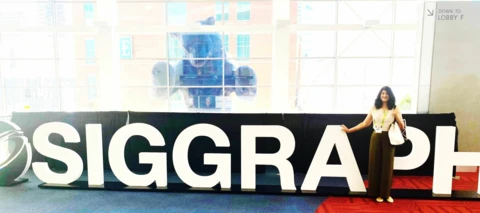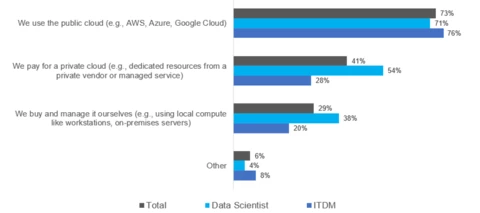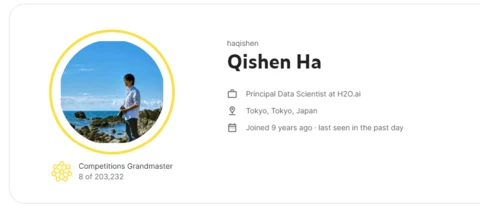Featured Articles
Featuring insightful blog posts and highlight outstanding contributions from our community members.
16 Topics
A
Anonymous
published in Community Spotlight
A
Anonymous
published in Community Spotlight
A
Anonymous
published in Community Spotlight
A
Anonymous
published in Community Spotlight
A
Anonymous
published in Community Spotlight
EkaterinaHP Data Science Ambassador
posted in Blogs
A
Anonymous
published in Community Spotlight
A
Anonymous
published in Community Spotlight
A
Anonymous
published in Community Spotlight
A
Anonymous
published in Community Spotlight
A
Anonymous
published in Community Spotlight
A
Anonymous
published in Community Spotlight
A
Anonymous
published in Community Spotlight
A
Anonymous
published in Blogs
chloe.pasquetCommunity Manager
published in Community Spotlight
Enter your E-mail address. We'll send you an e-mail with instructions to reset your password.
Scanning file for viruses.
Sorry, we're still checking this file's contents to make sure it's safe to download. Please try again in a few minutes.
OKThis file cannot be downloaded
Sorry, our virus scanner detected that this file isn't safe to download.
OK







